Liam Grealy, Andrew Brooks, Astrid Lorange, Christen Cornell, and Tess Lea
November 2019
Infrastructural Inequalities is a collaboration between the Sydney-based Housing for Health Incubator and critical art collective, Snack Syndicate. It is a project focused on developing collective expertise, which has thus far generated a reading group, a public talk and exhibition program, and now a virtual journal issue. ‘Infrastructural Inequalities’ describes the unjust distribution of resources, amenity, and opportunity as the focus that orients our work, and names a social project of pursuing such interrogations collectively, with an open and expansive network of collaborators.
Lauren Berlant (2016) calls infrastructure ‘the living mediation of what organizes life: the lifeworld of structure’ (393). Such capaciousness is common among attempts at infrastructural definition, which typically share a consideration of the networks that facilitate circulation across space and time, or the grounds on which other objects operate (Larkin 2013). Infrastructure is one answer to the question: on what does this action, that endeavor, or that capacity depend? Commencing in May 2018, our eponymous reading group has aimed at developing shared language for analysing the differentiated and unjust distribution of capacities and resources that infrastructures enable and impede. Topics including architecture, water, waste, words, data and prediction, and wires have framed our reading of literature that has provided critical and ethnographic analyses of international contexts. One of our aims has been to denaturalise Australian approaches to (and our related assumptions about) housing, water scarcity, bureaucracy, policing, and so on. We recognise that our ambition to develop a shared language must itself be infrastructured, through regular meetings and also the digital communications systems that facilitate scheduling, archival storage, and exchange of materials. University infrastructures provide appropriate physical meeting spaces and the ability to remotely participate, all of which require ongoing human labour, in the forms of cleaning, maintenance, and repair. There is significant work involved in setting the stage for academic conversation, by people who often lack the privilege to participate in those contexts. Considering this inherent infrastructural inequality is one impetus behind creating an unencumbered, open-access offering here.
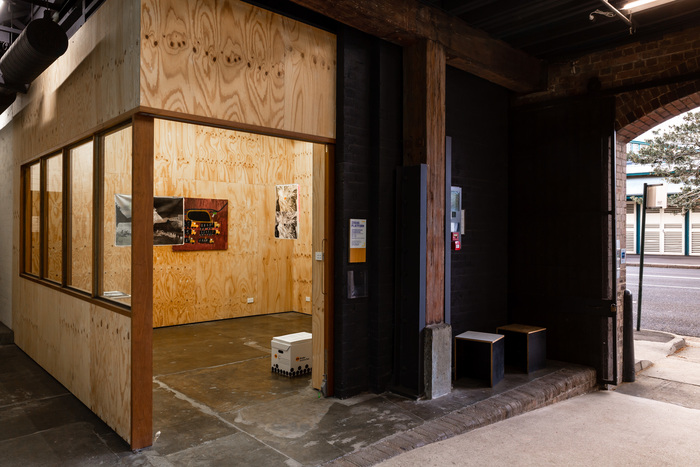
Across the project, we take inspiration from Stefano Harney and Fred Moten’s (2013) notion of ‘the undercommons’. Working against a traditional conception of the commons as a shared spatial and material resource, Harney and Moten’s notion describes how people coalesce to produce commonality inside of, and in spite of, existing infrastructures and institutions. The gestures of the undercommons to create alternative models of value can be major or minor: they can include, for example, staking out a few hours to come together and plan, to read and write, to share and collaborate, or to celebrate. We have tried to move against the logics of performance evaluation and research metrics that structure contemporary universities to instead carve out some space for collective study, foregrounding the sociality of thinking. ‘Study is what you do with other people’, Moten tells us (in Harney and Moten 2013, 110). This is not to say that this work doesn’t involve significant labour (by academics and others with various conditions of in/secure employment), nor that it exists independently of the university. Rather, it is to stress that our intention has been to channel our labour, and leverage our affiliations and resources, toward an ongoing project of collective and open learning. Such a project, necessarily incomplete and ongoing, prioritises the pleasures and potentials promised by the university as a community of scholars and collaborators, against its bureaucratic and corporate demands (Barcan 2016).
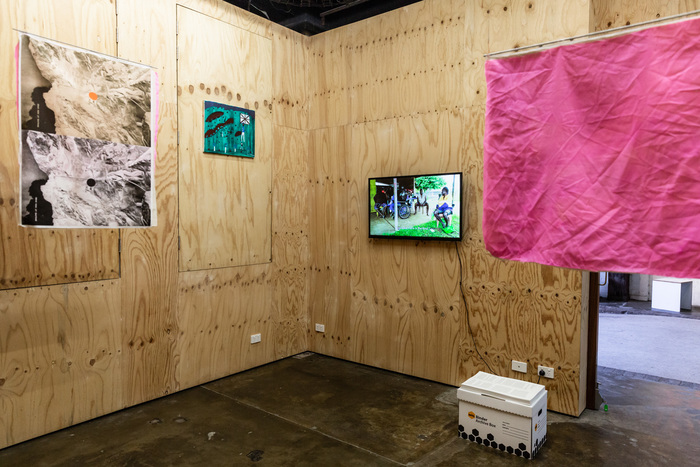
At the Infrastructural Inequalities public program in October 2018, discussion panels and lectures were held inside Artspace, a publicly-funded gallery and artist studio, and ventured into the surrounding area of Woolloomooloo to explore the juxtaposition of pre-invasion and settler-colonial infrastructures. An exhibition, featuring work by Jack Green, Dean Cross, and the Karrabing Collective was staged alongside the public program, expanding the conversation to include diverse textual forms: the map, the picture, the anecdote, a stack of paperwork. Extending the ethic of the reading group, panels sought to curate dialogue between adjacent disciplines – for example, a conversation on the politics of Indigenous housing provision between a physician, an installation artist, an architect, and a media producer, each of whom work against inequalities through different means. Such conversations recognised that infrastructural problems do not respect disciplinary boundaries, but also that disciplinary boundaries are based in important forms of expertise that are variously necessary but which can also inhibit collective solutions. Put another way, facing the challenges of infrastructural inequalities requires responses that are equally creative, collective, critical, and technical.
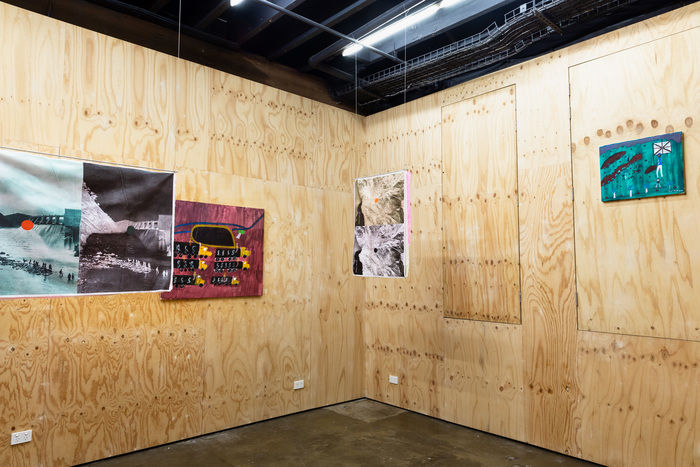
Spanning two days, the public program conversations were also an opportunity to work across various social networks and to create space for dynamic audience-participants, including people who might otherwise be siloed into field-specific conferences, symposia, and exhibitions. Our desire in facilitating varied forms and modes of discourse – from the reading group to exhibitions to public programs to, finally, this journal issue – has resulted in the production of similarly varied (yet related and overlapping) publics. ‘A public’, writes Michael Warner (2005), is a space of discourse organized by nothing other than discourse itself’ (67). Our aim has been to think about what kinds of collectivities are produced in the act of engaging with the problems of infrastructure and its manifold inequalities, and how such collectivities can understand and intervene in injustices enacted in the name of abstractions such as the economy, the nation state, the public, and so on.
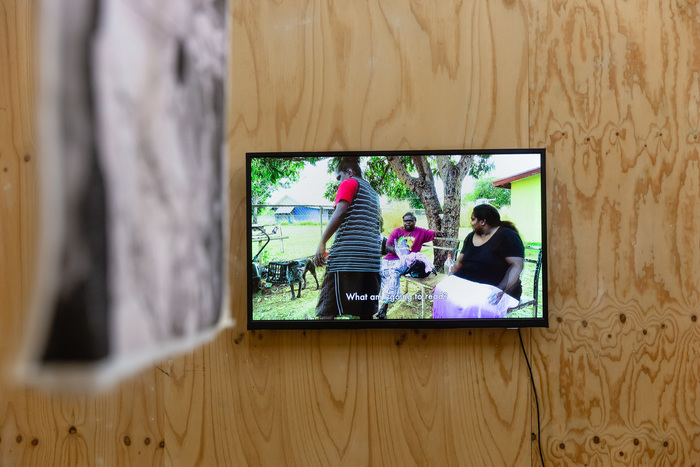
This approach is continued in this Infrastructural Inequalities journal issue. The publication features interviews, photo essays, and digital artworks alongside critical essays. We are not unique in establishing a digital platform to showcase new analyses, but this format has provided an opportunity for scholarly production beyond the strictures of the journal article or monograph. It also means that while all contributions have been subject to significant editorial feedback and revisions, what is published will not ‘count’ according to the auditing infrastructure that governs Australian academic labour, even with the now authorised category ‘non-traditional research outputs’. Making these pieces available as free intellectual contributions is a risk taken here in the spirit of contesting the infrastructural inequalities which also lock scholarship behind paywalls. Exorbitant fees for articles, subscriptions, seminars, or conferences police the sharing of analyses, forcing those who discover the mechanisms of inequality to reproduce those very mechanisms in the act of dissemination. This digital collection makes a small but important tilt against such elitism.
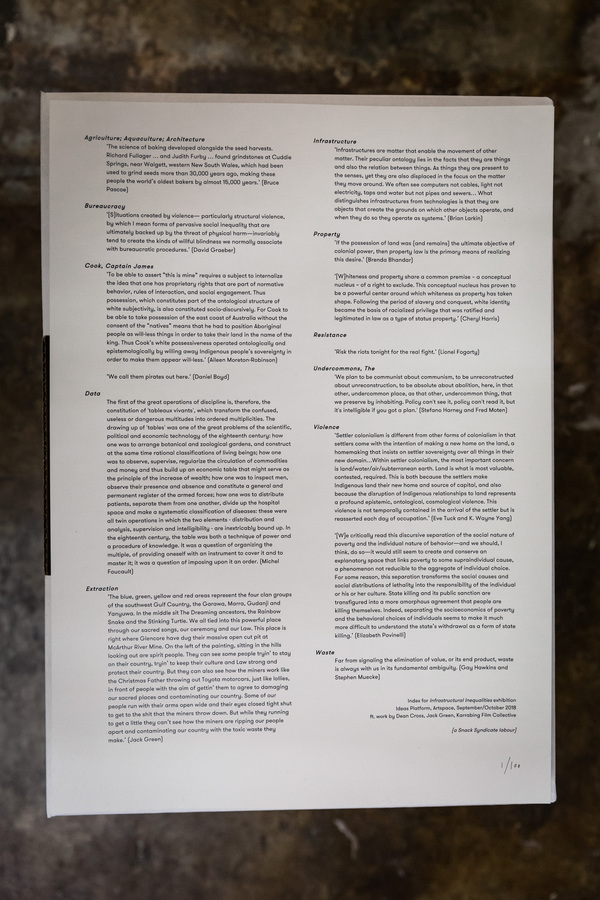
In addition to the intellectual aims of the special issue, which are best conveyed by the essays themselves, our chief aims have been local and social. Specifically, the issue is an artefact that represents and has helped to consolidate the social infrastructure on which it depends. It predominantly features the work of PhD candidates, and early- and mid-career researchers, providing a venue for developing arguments and analyses. All the contributors have participated in the reading group and/or the public program and their contributions are published without reimbursement. It also captures some of the collective effort required, beyond this editorial team, to keep a social infrastructure well maintained. Ongoing tending is necessary to reap the benefits of genuine scholarly collaborations: critical feedback, collegial solidarity, letters of support, reading recommendations, editorial comments, and so on.
The following issue features original work on questions of infrastructural inequality by Fiona Allon, Naama Blatman-Thomas, Andrew Brooks, Christen Cornell, Dean Cross, Elizabeth Duncan, Karma Eddison-Cogan, Helen Grace, Liam Grealy, Kirsty Howey, Astrid Lorange, Michael Richardson, Nina Serova, Uncle Jimmy Smith, Kynan Tan, and Eve Vincent. This work examines settler-colonial regimes of governance; technologies of sight, calculation, and redistribution; techniques of remediation, containment, and memorialisation; public and private ownership; pre-invasion infrastructures and their ongoing recognition; and artistic and activist responses to infrastructural inequalities. We are excited and honoured to present the work of our talented colleagues and hope that this special issue – the latest component of Infrastructural Inequalities as a social infrastructure – generates further opportunities to engage with a wider network of collaborators.
Works Cited
Barcan, Ruth. 2013. Academic Life and Labour in the New University: Hope and Other Choices. Abingdon and New York: Ashgate.
Berlant, Lauren. 2016. ‘The Commons: Infrastructures for Troubling times.’ Environment and Planning D: Society and Space, 34 (3): 393—419.
Harney, Stefano and Moten, Fred. 2013. The Undercommons: Fugitive Planning & Black Study. Wivenhoe, New York: Minor Compositions.
Larkin, Brian. 2013. ‘The Politics and Poetics of Infrastructure.’ Annual Review of Anthropology, 42: 327—343.
Warner, Michael. 2005. Publics and Counterpublics. New York: Zone Books.